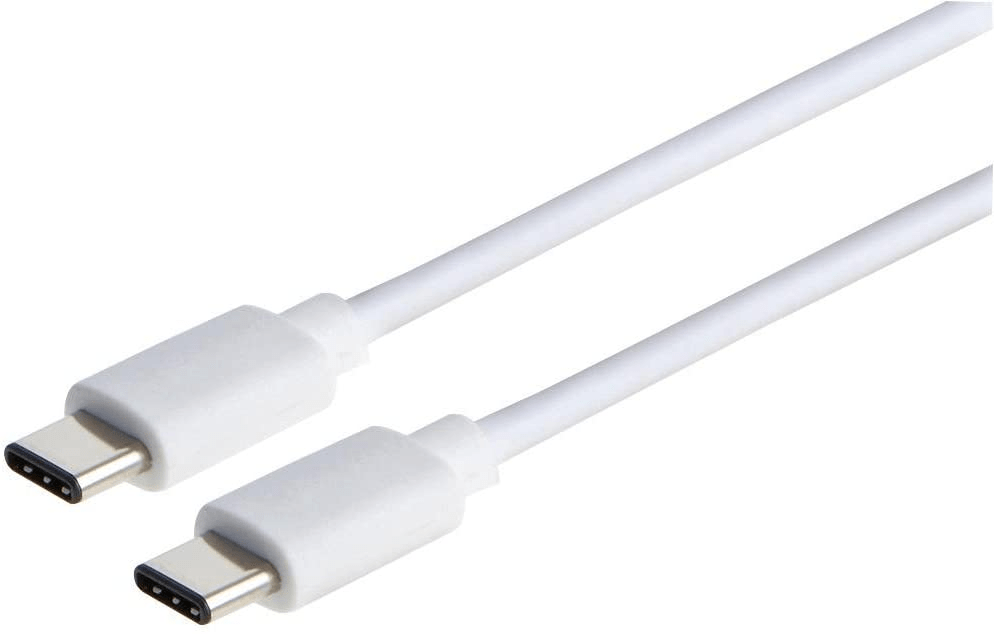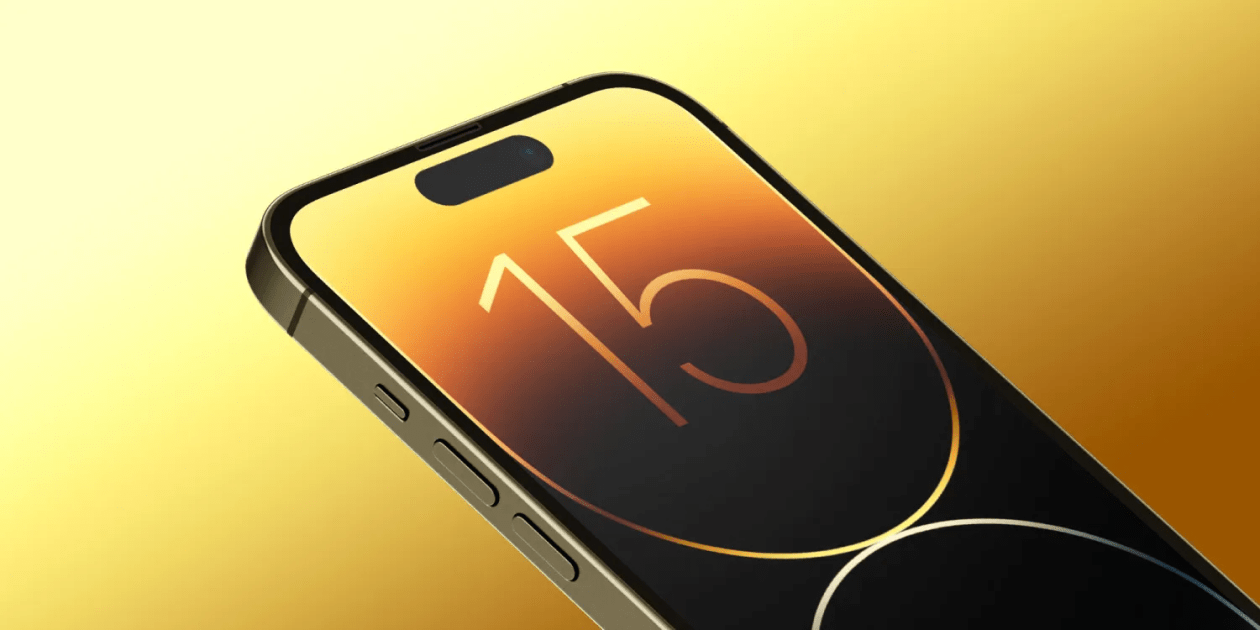The iPhone 15, the latest installment in Apple's iconic smartphone series, has made waves in the tech world due to the highly anticipated inclusion of a USB-C port. This move marks a departure from the traditional Lightning connector, a shift that had been a subject of speculation and debate until its official unveiling.
The European Union (EU) played a pivotal role in pushing this transition. EU regulations mandated that all phones sold within its borders must feature a USB-C charging port by the end of 2024. The question remained whether Apple would embrace this change in 2023 with the iPhone 15 or delay it until 2024. Ultimately, Apple's decision to adopt USB-C for the iPhone 15 aligns with their previous transitions, as witnessed with the iPad and Mac computers.
Early reports hinted at Apple's interest in USB-C for their iPhone models, substantiated by various tests conducted on prototypes. The company's commitment to ensuring a smooth transition for its users is further evidenced by discussions of a potential adapter that would bridge the gap between the new USB-C port and older Lightning connections. Additionally, the production of USB-C EarPod headphones has ignited excitement about the iPhone 15's USB-C capabilities. However, certainty still eludes us, given Apple's membership in the USB Implementers Forum, a group dedicated to the advancement of USB technology. However, the simple answer to the question; Does iPhone 15 have a USB-C Port? is yes, because all new iPhone 15s are coming with a USB-C Port.
What is a USB-C?

USB-C, also recognized as USB Type-C, represents a connector engineered to handle both charging and data transfer. A distinctive characteristic of USB-C lies in its reversible design, eliminating the necessity for precise alignment when plugging in, thus significantly enhancing user convenience. Among the remarkable capabilities of USB-C, its ability to facilitate high-speed data transmission stands out, enabling swift file transfers between devices. Furthermore, it possesses the capacity to support video output, enabling connections to external displays, thereby allowing users to enjoy content on larger screens. This versatility extends to audio transmission, rendering it suitable for various multimedia applications.
Beyond its applications in data and media, USB-C stands out in power delivery. It possesses the capability to provide substantial power for rapid device charging, and this feature is not confined to smartphones and tablets alone. USB-C's power delivery capabilities extend to larger devices, including laptops, offering a universal charging solution encompassing a wide spectrum of electronics.
While USB-C brings forth numerous advantages, its adoption may not be seamless for older devices, which could necessitate special adapters to establish compatibility with this modern interface. The widespread integration of USB-C is palpable across the electronics industry, with numerous companies, including Apple and Android manufacturers, embracing this connector as the primary interface for their devices. The popularity of USB-C can be attributed to its user-friendly design and multifunctionality, making it the favored choice among consumers seeking seamless connectivity and rapid charging for their electronic devices.
So...Does iPhone 15 Come with a USB-C Port?

The iPhone 15 has made waves in the tech world with its groundbreaking transition from the conventional Lightning connector to the versatile USB-C port. This transformation has been eagerly anticipated, and the confirmation of this change came with Apple's official announcement on the 12th.
The European Union (EU) played a pivotal role in this transition, enforcing a regulation mandating that all phones sold within its jurisdiction must feature a USB-C charging port by the end of 2024. The uncertainty surrounding whether Apple would embrace this change in 2023 with the iPhone 15 or defer it until 2024 has now been resolved. Apple has chosen to adopt USB-C for the iPhone 15, aligning with their successful transition strategy witnessed with the iPad and Mac computers.
Early reports had hinted at Apple's exploration of USB-C for their iPhone models, and these reports have been substantiated. The company's commitment to ensuring a smooth transition for its users is further evidenced by discussions of an adapter that would bridge the gap between the new USB-C port and older Lightning connections. Additionally, the production of USB-C EarPod headphones has ignited excitement about the iPhone 15's USB-C capabilities. If you aren't still sure whether get a new iPhone, or stick to an old one, make sure to check out this article; Should I Wait for iPhone 15? | Comprehensive Guide.
Why Did Apple Decide to Introduce USB-C Ports?

Historically, Apple has unveiled new iPhones in September, and this year is no different. With the iPhone 15, Apple is poised to introduce USB-C charging, among other potential enhancements, such as an Action button for Pro models and the expansion of the Dynamic Island feature to non-Pro iPhones.
The decision to introduce USB-C ports in the iPhone 15 can be attributed to several factors, with regulatory compliance being a significant one. The European Union's rules necessitated the adoption of a standardized charging port, such as USB-C, for all Apple devices sold in Europe, effectively phasing out the Lightning connector in the region.
If these regulations become law, Apple would have had to create a special European version of the iPhone with a USB-C port or opt for a universal USB-C solution for iPhones worldwide. The European Parliament's approval of these rules extends to a wide range of devices, including phones, tablets, laptops, cameras, headphones, speakers, and game consoles, while smaller devices like the Apple Watch are exempt.
USB-C Port vs. Lightning Port
USB-C's advantages over the Lightning port are notable. USB-C is a versatile connector, serving as both a charging and data transfer interface. Its reversible design eliminates alignment concerns during insertion, enhancing user convenience. USB-C supports high-speed data transmission, video output to external displays, and audio transmission, making it suitable for a wide range of multimedia applications.
Moreover, its power delivery capabilities are significant, accommodating rapid charging for various electronic devices, including smartphones, tablets, and laptops. USB-C is also faster at transferring data (640 Mbps) than Lightning (480 Mbps). Apple has already moved in this direction by not including a charging brick with the iPhone. But you can expect to find a USB-C to USB-C cable in the iPhone 15 box.
The Lightning port on older iPhones is limited to 480 megabits per second for data transfer. In contrast, USB-C can theoretically go up to 80 gigabits per second with the latest technology. While Apple might limit the base iPhone 15 to the USB 2.0 standard, the Pro models could support USB 3.2 or Thunderbolt 3, which would be much faster. This could be great for transferring large video files quickly. USB-C has another advantage: it can connect your devices directly to external displays. If your devices support DisplayPort over USB-C, you can use the same cable you use for charging and data transfer to connect your iPhone to a bigger screen. Just make sure you have the right cable for video support.
Furthermore, USB-C's widespread adoption across the electronics industry has streamlined connectivity for consumers. Many companies, including Apple and Android manufacturers, have embraced USB-C as their primary interface, reducing the need for multiple cables and chargers and contributing to a more eco-friendly electronic ecosystem.
Will USB-C Port Increase the Charging Speed of iPhone 15?
The easy answer is that, yes, it does. When it comes to charging, USB-C can deliver more power (up to 240W), while Lightning supports 20W, which is enough to charge an iPhone quickly. USB-C has a family of formats, while Lightning does not.
However, both formats are pretty small and convenient. USB-C and Lightning ports are roughly the same size, so you don't need to worry about that. The transition to USB-C is expected to bring several benefits to iPhone users. Charging speed will see a substantial boost, as USB-C can deliver up to 240W of power compared to the 20W supported by Lightning.
Wrap Up!
iPhone 15's transition to USB-C promises convenience and compatibility for users, aligning the iPhone with Apple's broader ecosystem of devices that already embrace USB-C. The iPhone 15 Pro and Pro Max models, in particular, might leverage USB-C to offer even faster charging and data transfer speeds, making them stand out in the market. As Apple embraces these changes, users can look forward to a more seamless and eco-friendly charging experience.
Ultimately, at least up until now, the choice between them comes down to your personal preference and the devices you own. It used to be that if you had an Apple device, you had to stick with Lightning. However, with the iPhone 15’s release, you won’t have to make that choice because the switch is designed to make the customer's life easier!








